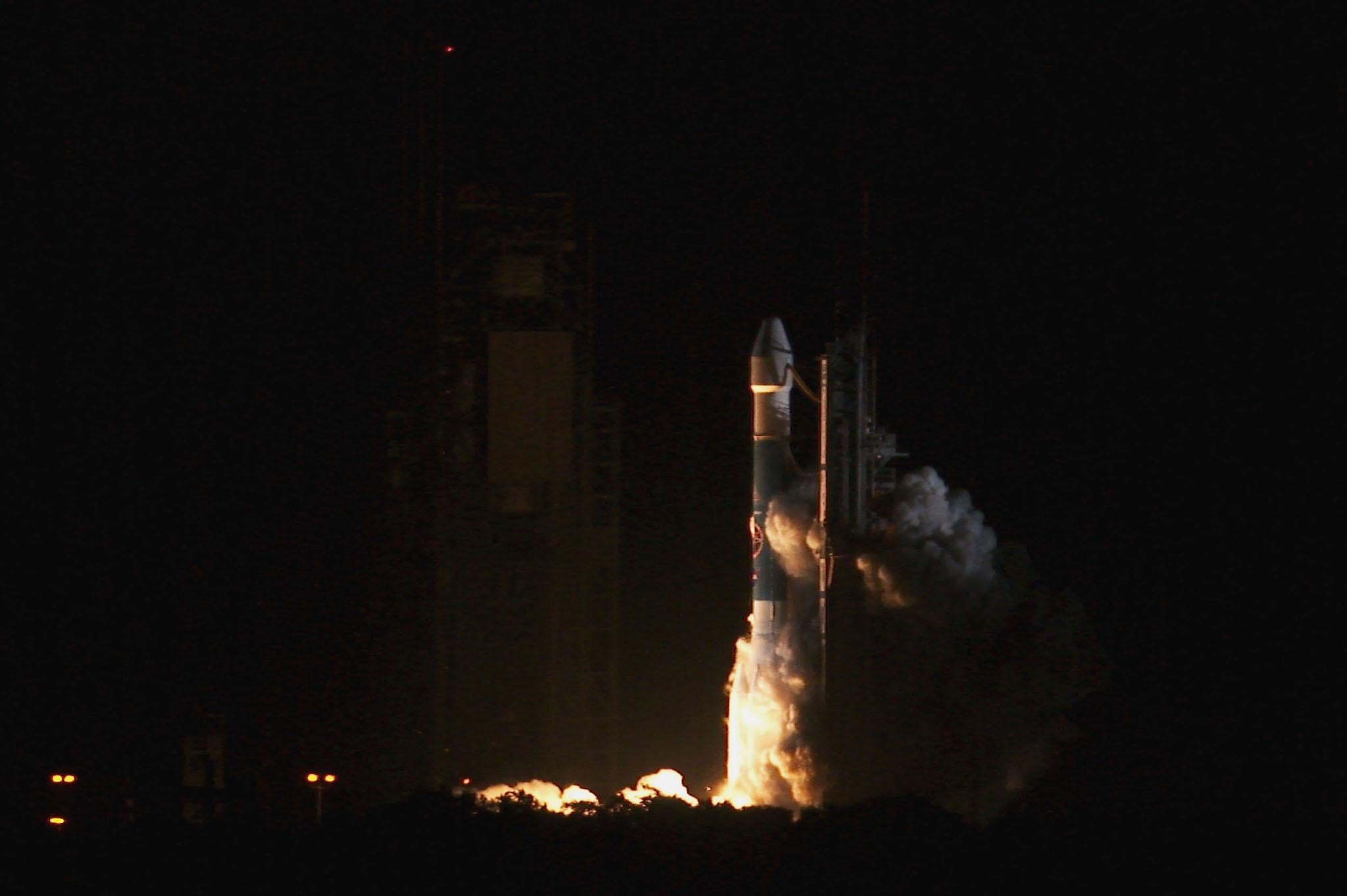Astronomers use huge cluster of galaxies to 'peer back in time'
Pioneering technique allowed scientists to see the birth of a tiny galaxy

Your support helps us to tell the story
From reproductive rights to climate change to Big Tech, The Independent is on the ground when the story is developing. Whether it's investigating the financials of Elon Musk's pro-Trump PAC or producing our latest documentary, 'The A Word', which shines a light on the American women fighting for reproductive rights, we know how important it is to parse out the facts from the messaging.
At such a critical moment in US history, we need reporters on the ground. Your donation allows us to keep sending journalists to speak to both sides of the story.
The Independent is trusted by Americans across the entire political spectrum. And unlike many other quality news outlets, we choose not to lock Americans out of our reporting and analysis with paywalls. We believe quality journalism should be available to everyone, paid for by those who can afford it.
Your support makes all the difference.Astronomers have used a massive cluster of galaxies to "peer back in time", looking at events that took place nearly 10 billion years ago.
Using the pioneering technique, scientists were able to see the spectacular birth of a tiny dwarf galaxy, right as it began.
It is the first time that astronomers have used the huge galactic giants to zoom in on very extreme but very distant phenomena.
It allowed them to see what they think is the tiny blue speck of the birth of a galaxy which is only 1/10,000 the size of our Milky Way. It was seen churning out its first ever stars: supermassive objects that are only at the very beginning of their lives.
“It’s this little blue smudge, meaning it’s a very small galaxy that contains a lot of super-hot, very massive young stars that formed recently,” says Matthew Bayliss, a research scientist in MIT’s Kavli Institute for Astrophysics and Space Research. “This galaxy is similar to the very first galaxies that formed in the universe … the kind of which no one has ever seen in X-ray in the distant universe before.”
Scientists now hope they can use the same technique to see other extreme and energetic events so far away that they happened right at the very beginning of the universe.
“With this technique, we could, in the future, zoom in on a distant galaxy and age-date different parts of it – to say, this part has stars that formed 200 million years ago, versus another part that formed 50 million years ago, and pick them apart in a way you cannot otherwise do,” said Bayliss.
The technique relies on one of the strangest characteristics of such huge galaxy clusters: they are the most massive objects in the universe, so huge and powerful that they distort the very fabric of space-time. As they do, the universe and its light is bent.
That can be used something like a magnifying glass, because of a phenomenon known as gravitational lensing. Using complex processing, scientists can examine the light and use it to see "magnified" images.
Researchers have been able to use this before to study objects at optical wavelengths. But the new research is a breakthrough because they have never before usedit to examine the X-ray band of the electromagnetic spectrum, which is so difficult that some thought it might be impossible.
“If you’re trying to see an X-ray source behind a cluster, it’s like trying to see a candle next to a really bright light," said Bayliss. “So we knew this was a challenging measurement to make.”
To get around that problem, researchers used Nasa's Chandra X-ray Observatory, one of the most powerful X-ray telescopes in the world. With that, they were able to start looking deeper and deeper into the universe – including at such infant galaxies.
“We’re catching this galaxy at a very useful stage, where it’s got these really young stars,” Bayliss says. “Every galaxy had to start out in this phase, but we don’t see a lot of these kinds of galaxies in our own neighborhood. Now we can go back in time, look in the distant universe, find galaxies in this early phase of their life, and start to study how star formation is different there.”
Join our commenting forum
Join thought-provoking conversations, follow other Independent readers and see their replies
Comments